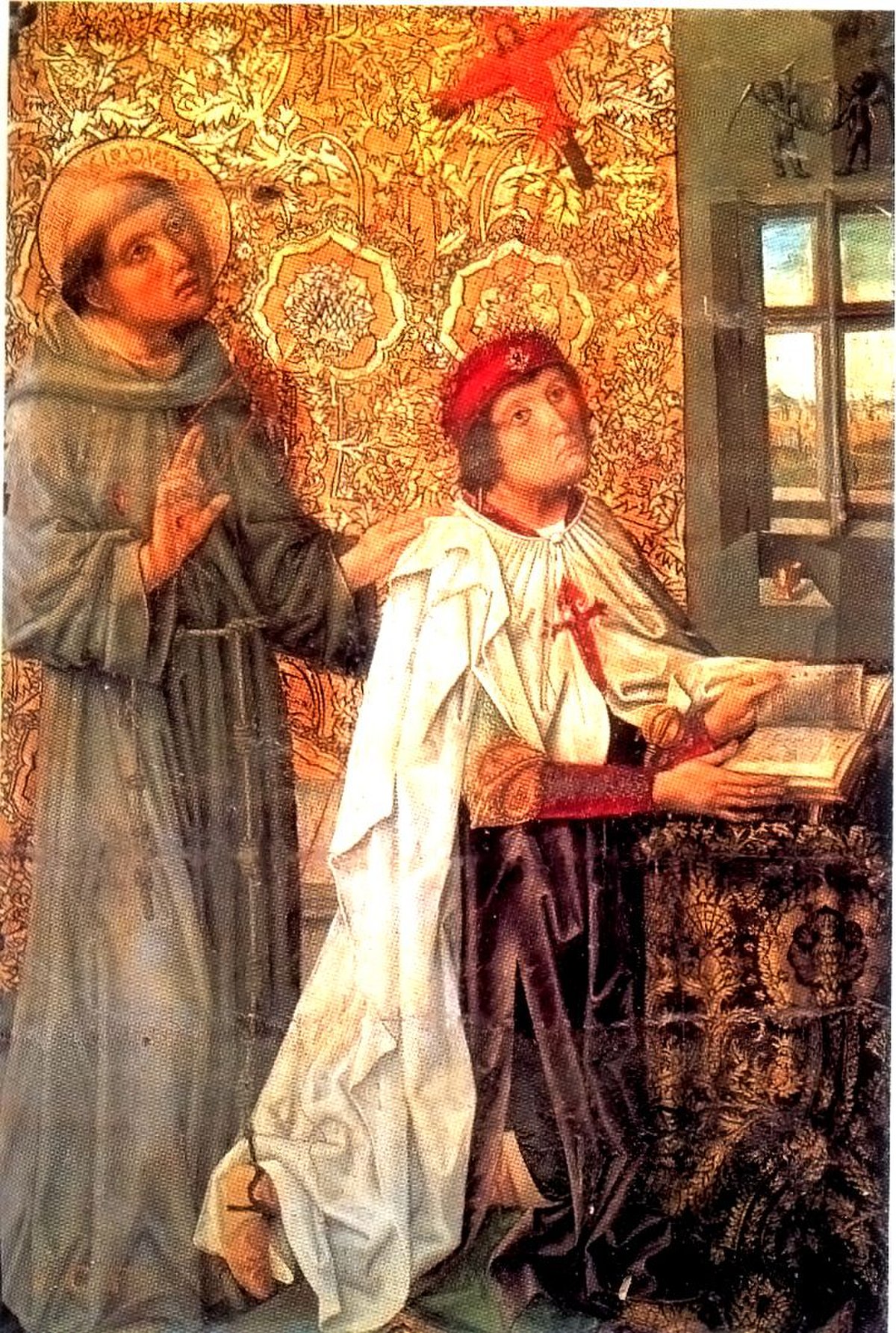
Military Orders
León, SpainAlfonso I of Aragon (r. 1104-1134 CE) gave huge estates (in fact most of his kingdom as he had no heir) to the Knights Hospitaller and Knights Templar, both military orders of professional warrior-monks who would make themselves indispensable to the defence of the Crusader States in the Middle East. The lure, although later reduced by Spanish nobles, eventually worked, and both orders would commit knights to the Reconquista; the Templars in 1143 CE and the Hospitallers in 1148 CE. In addition, the Iberian peninsula would see the formation of its own local military orders, starting with the Order of Calatrava in 1158 CE, the knights of which famously wore black armour. The 1170s CE proved to be a busier decade for new military orders with the formation of the Order of Santiago (1170 CE), Montjoy in Aragon (1173 CE), Alcantara (1176 CE) and, in Portugal, the Order of Evora (c. 1178 CE). The big advantage of these local orders was that they did not need to send a third of their revenue to a headquarters in the Middle East like the Templars and Hospitallers. A great deal more warriors would soon be on their way to help the Christian Spanish rulers, too, as the riches on offer in southern Spain attracted professional adventurers from other parts of Europe but especially northern France and Norman Sicily.
